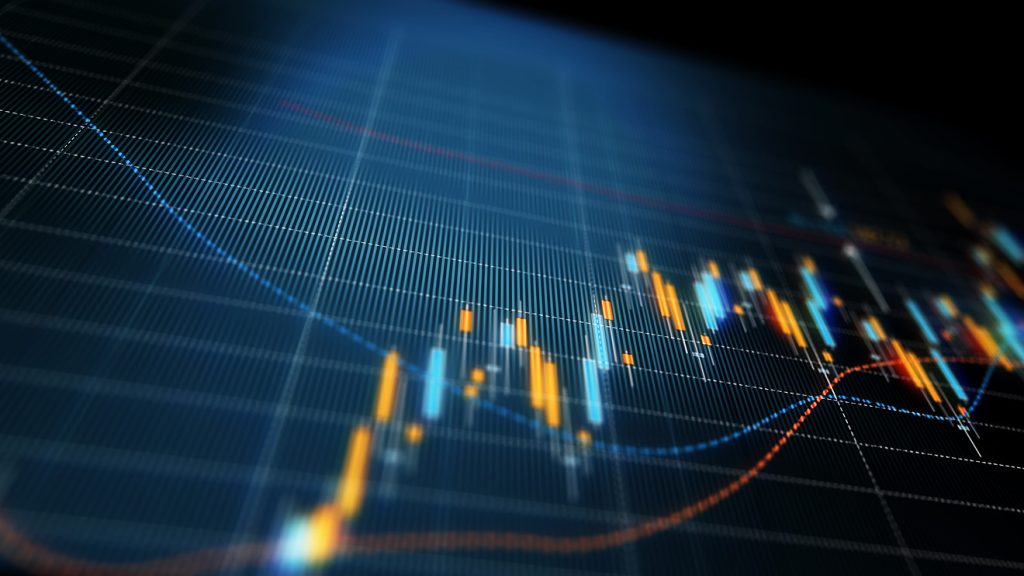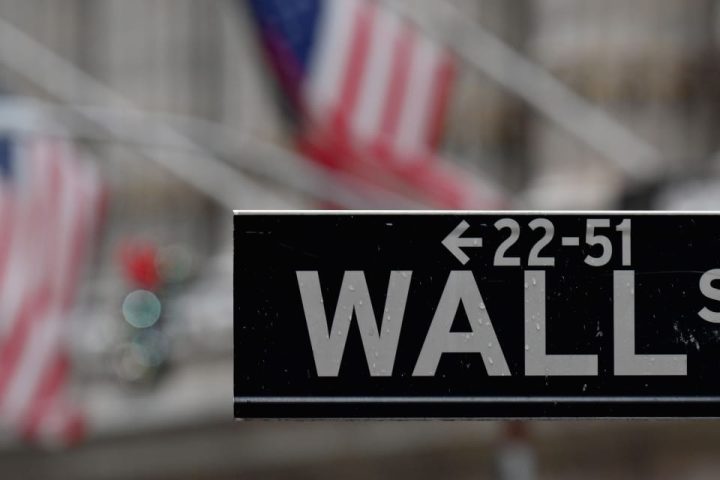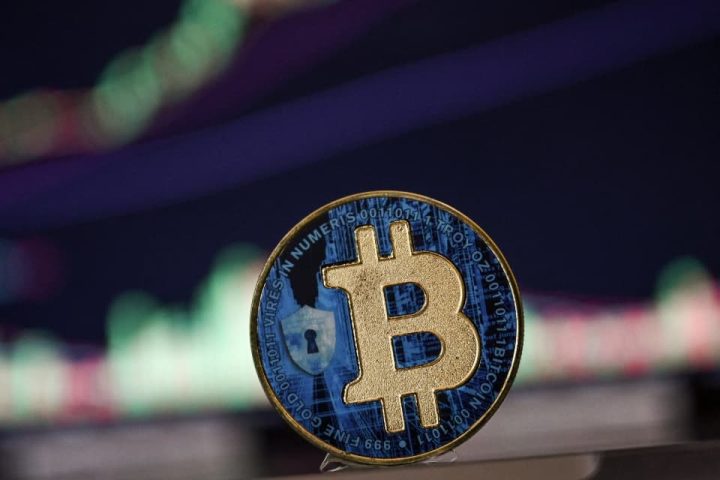The Federal Reserve is hunting for a unicorn by holding U.S. interest rates steady and hoping that’s enough to bring inflation down to 2% without a recession.
Historically, soft landings are terribly scarce and perhaps only exist in the eye of the beholder. The challenges policymakers face in the coming months show why.
Despite rising oil prices and mortgage and credit card rates, preliminary data indicates GDP grew strongly in the third quarter thanks to robust consumer spending and President Joe Biden’s investments in infrastructure, green energy and the semiconductor supply chain.
However, through much of the recovery, inflation has outpaced wage growth and consumers have been making up the difference with excess savings that were temporarily boosted by the various COVID relief programs.
Consumers still have excess savings accumulated during the pandemic shutdown. But the bulk of what is left is likely concentrated among higher-income households; for many below the 50th percentile of wealth, most of those savings are long gone.
Now many consumers must lower spending or go into debt but with credit conditions tightening, running up credit card balances, car loans and second mortgages are all less attractive.
Also, the U.S. restarting student loan payments will subtract $100 billion annually from household budgets.
With services driving the recovery, trimming restaurant meals, fewer concerts and the like are not terribly difficult. For the less affluent, adjustments will prove much tougher.
Oil prices have risen owing to the Saudi-Russian pact to work with OPEC to curb production. That both brakes the U.S. economy by eroding purchasing power and pushes up prices for gasoline and heating oil and costs in transportation, construction, household products and the like.
The surge in consumer prices since August and September mostly reflected the higher gas-pump prices but not likely many of the knock-on effects of higher costs in other industries. If oil prices reach $100 a barrel owing to the war in Gaza, it could add up to a percentage point to the U.S. CPI over several months.
The first half of this year, for many businesses that produce everyday items like laundry detergent, bottles and other plastic packaging, fresh produce, meat and other groceries, costs were kept down and profits margins and stock prices elevated by tamer material prices and the post-COVID healing of supply chains.
Now CEOs face not just rising oil prices but tightening supplies of other commodities, an end to falling logistics costs and thinner profits. They must exercise their pricing power to protect profit margins and support their company’s stock price, or at least prevent the price from sliding too much as the U.S. economy slows or sinks into a recession.
Economist have dialed back their forecasts about a U.S. recession and if there is one, it should be mild. Surveys of forecasters indicate GDP growth will slip to less than 1% in the fourth quarter of this year and first half of 2024, but shouldn’t go negative.
The labor market may not be red hot but even as the economy slows, the ratio of jobs openings to unemployed remains elevated at 1.5. This is above the under-1.0 ratio needed to halt wage pressures in service activities and help pull inflation down to 2%.
Staffing up now for holiday shopping, Amazon.com is adding 250,000 warehouse and other fulfillment workers and boosting average pay to about $20.50 per hour. Amazon’s move will push up wages across the entire e-commerce and brick-and-mortar retail sectors, and have knock-on effects for restaurants, dry cleaners and other services.
All of which suggests a slowing U.S. economy and rising inflationary pressures. As a result, the Fed must push the economy into a significant recession to offset inflationary pressures, or inflation won’t get to 2%.
“Only once, in 1994, has the Fed accomplished a soft landing.”
Since World War II, the U.S. economy has had many bouts with inflation. Only once, in 1994, has the Fed accomplished a soft landing, but the inflation it tamed was hardly significant by today’s standards.
In February 1994, then Fed Chair Alan Greenspan started raising interest rates and ultimately steered core CPI inflation to 2.1% from 2.9%. A 0.8% reduction isn’t on the scale of the task that the Fed now faces, with core inflation having peaked at 6.5% in March 2022 and still hovering at 4.1%.
The IMF examined more than 100 bouts of inflation in 56 countries since the oil shocks of the 1970s and found that in only 60% of those cases was inflation was brought down over five years. To get to 2% inflation now, Fed Chair Jerome Powell will have to keep his foot on the brake and likely let the U.S. economy take a dive.
Peter Morici is an economist and emeritus business professor at the University of Maryland, and a national columnist.
More: Stanley Druckenmiller slams Janet Yellen for ‘biggest blunder in Treasury history’: Failing to lock in rock-bottom interest rates
Also read: Dow edging closer to bearish ‘death cross’ signal: What it would mean for stocks
Read the full article here







